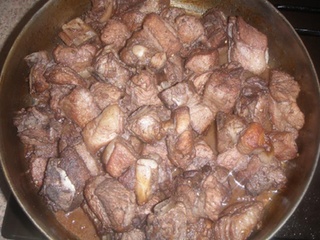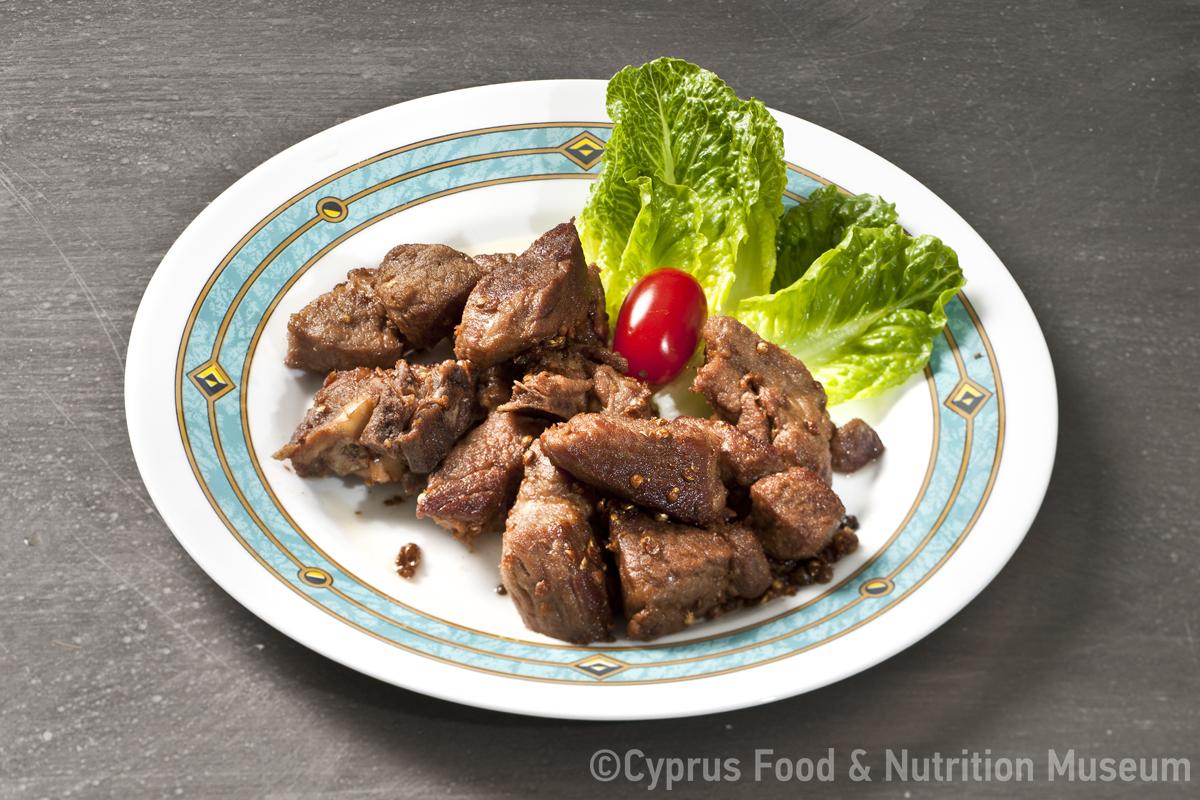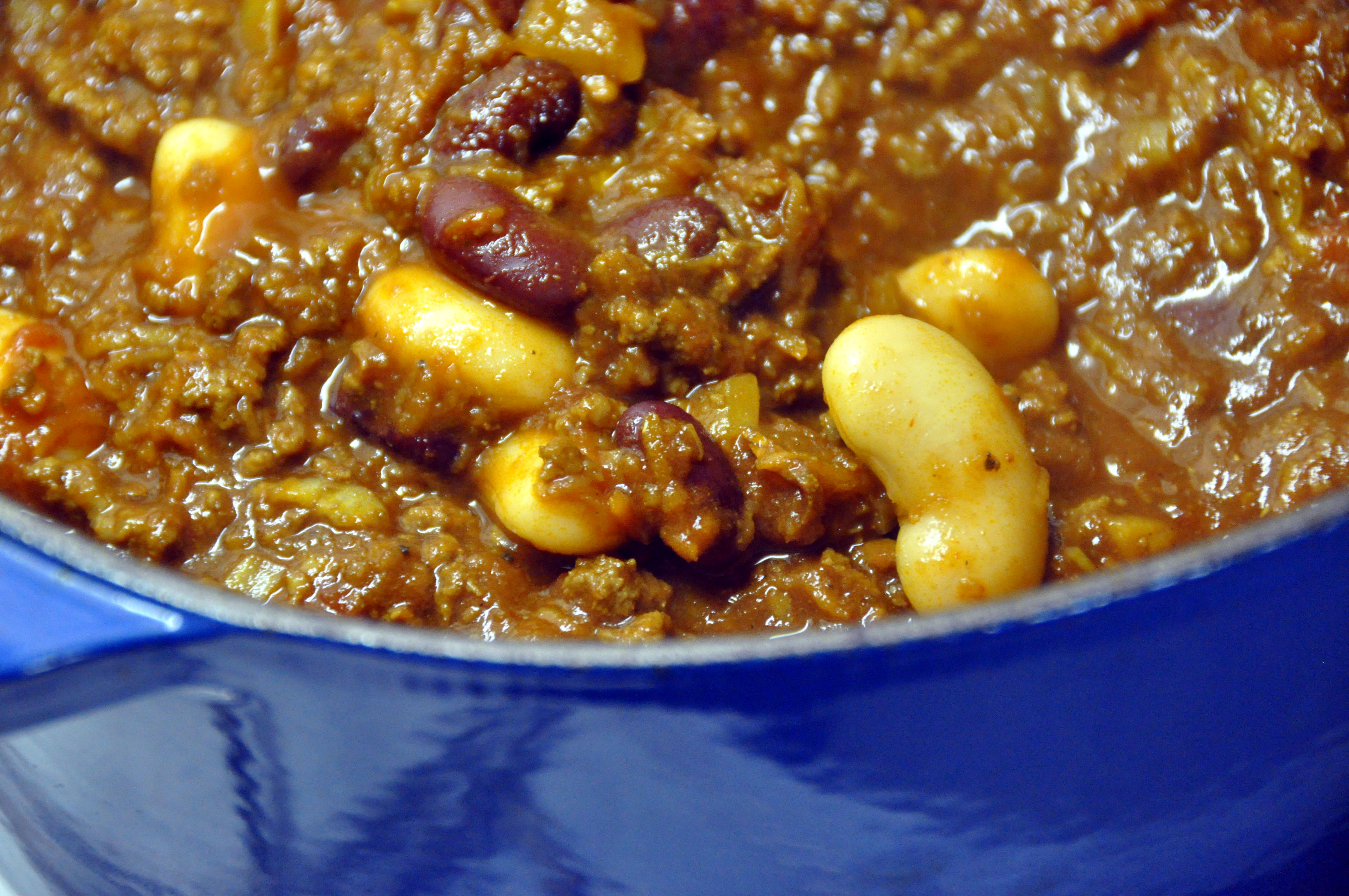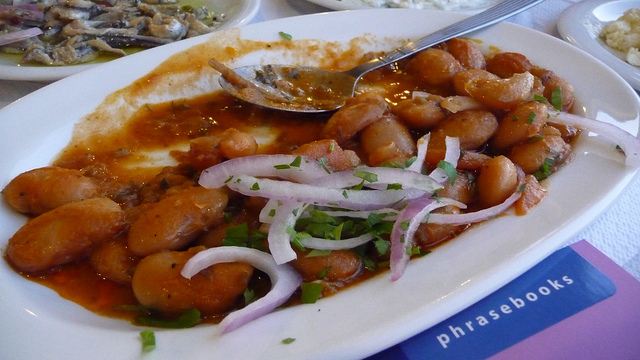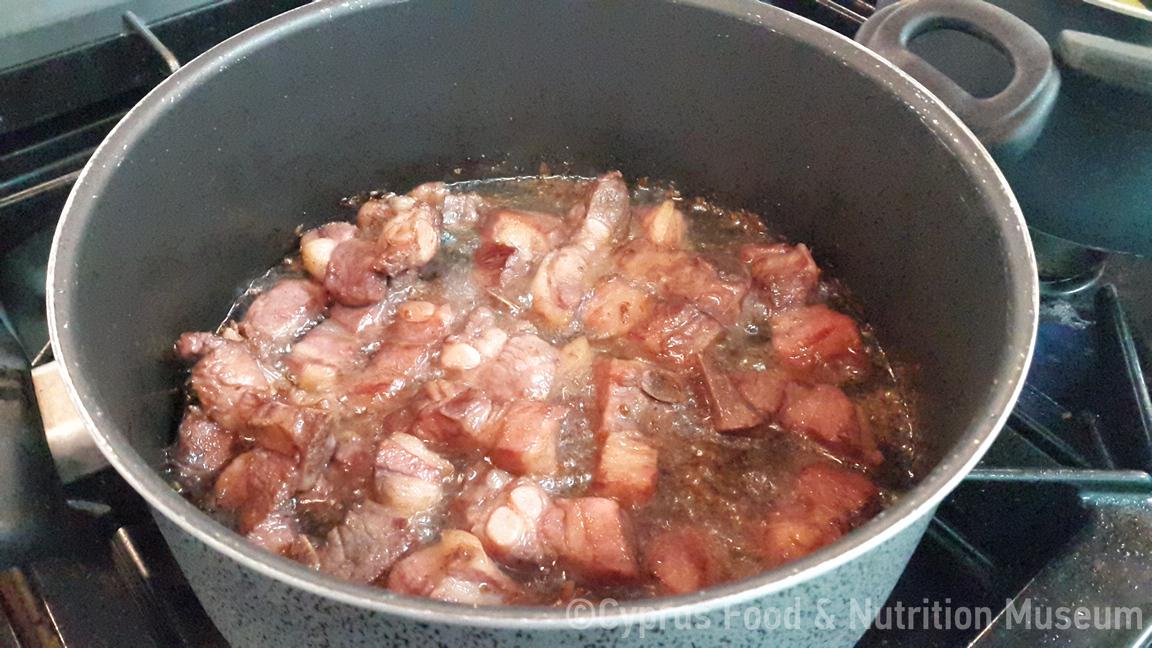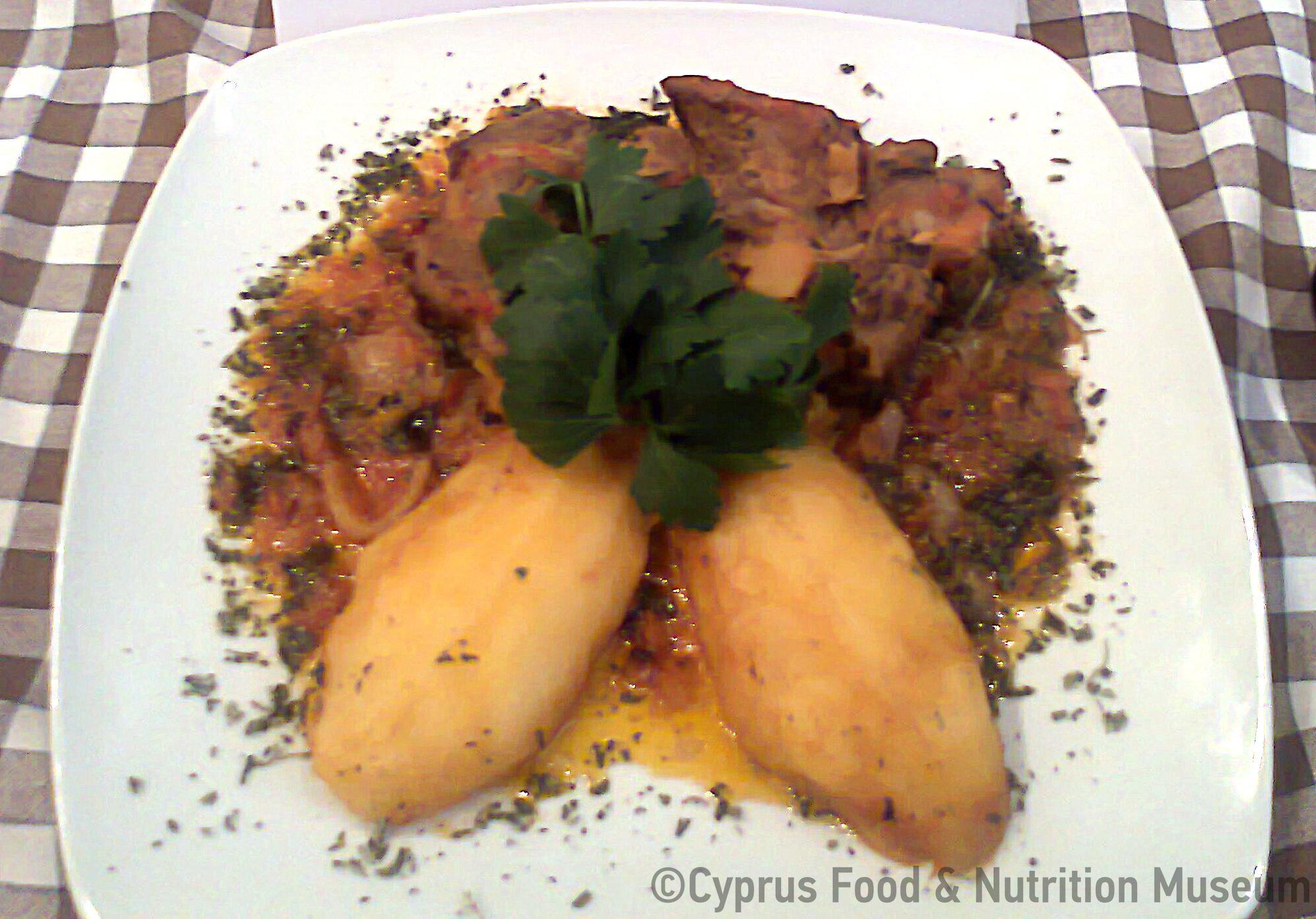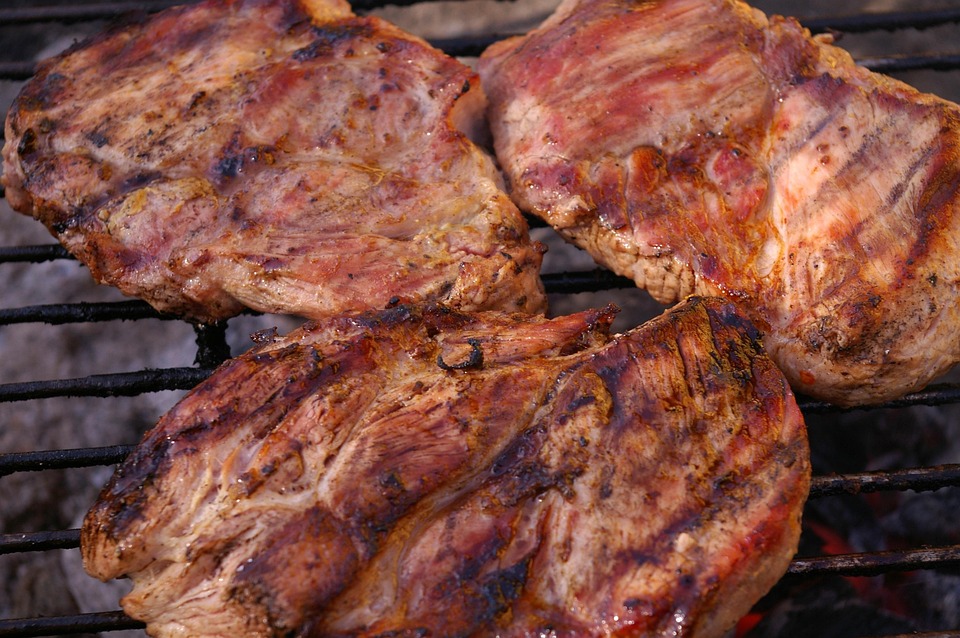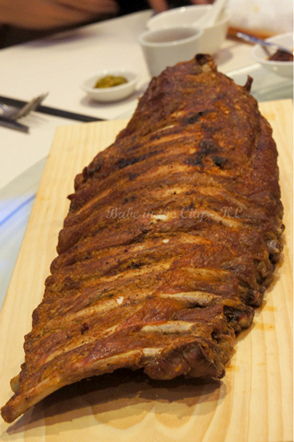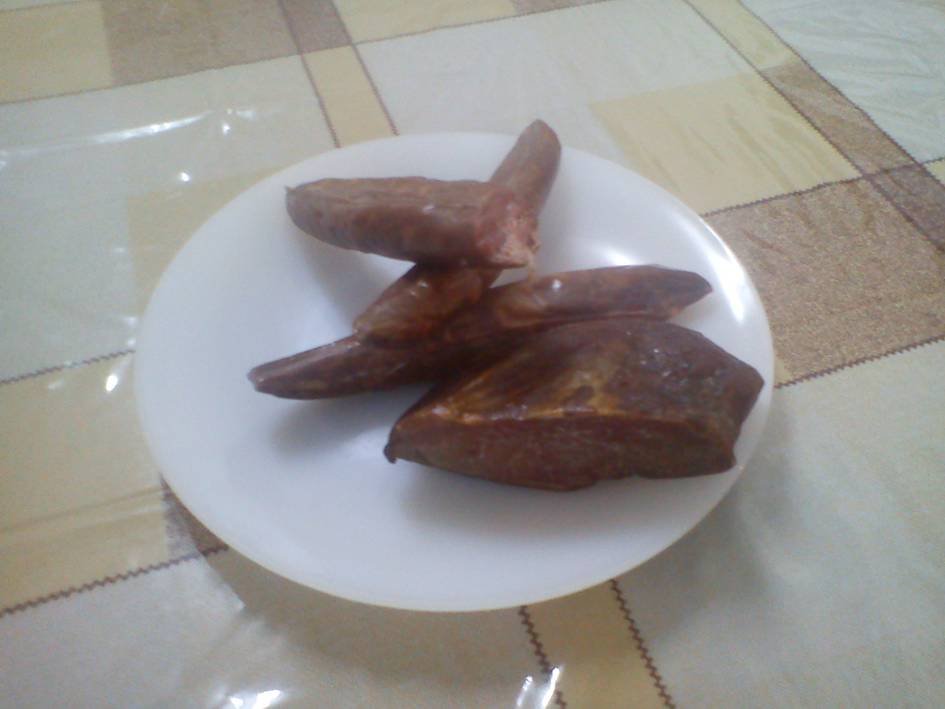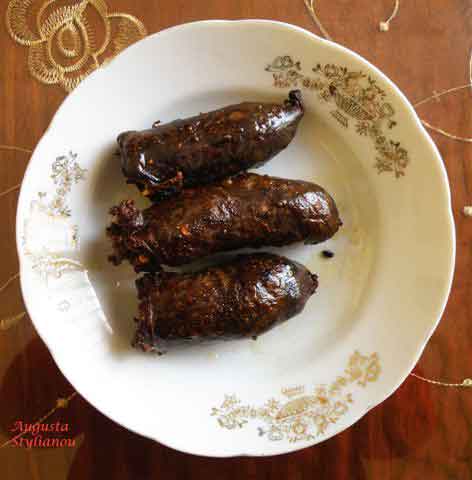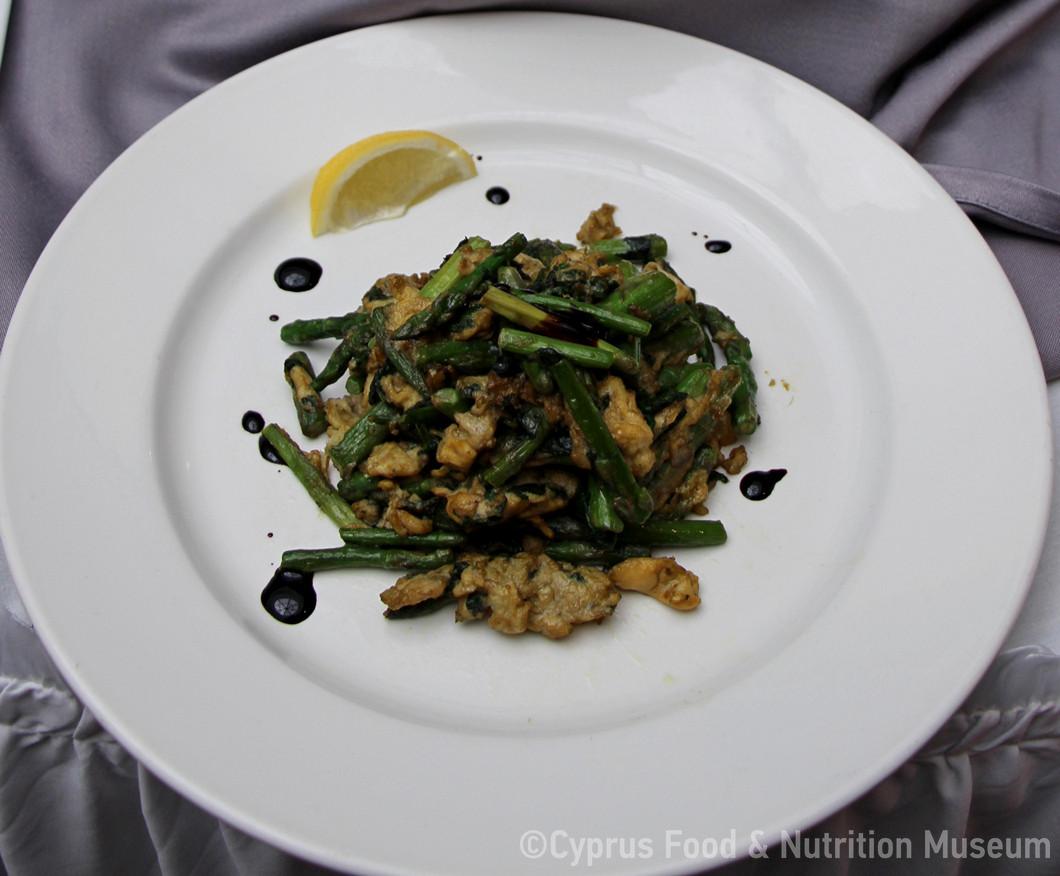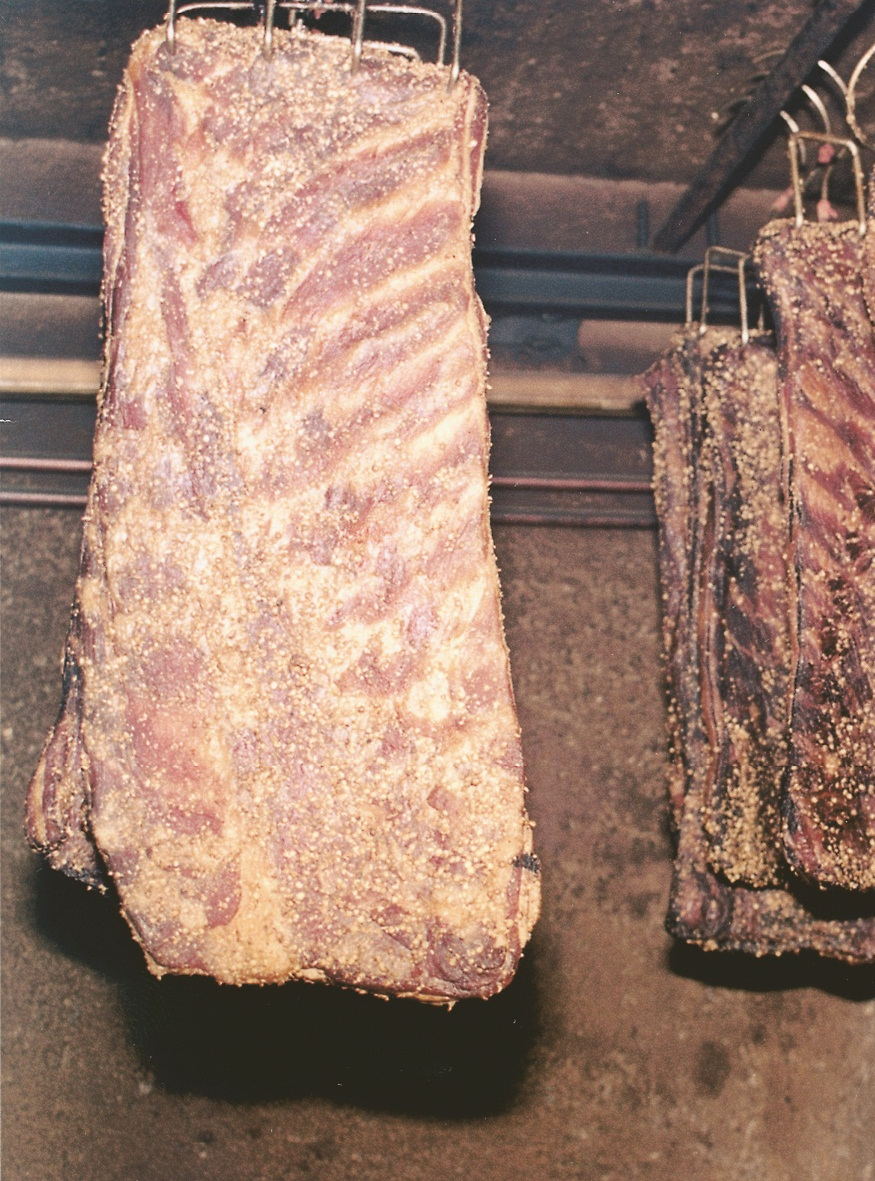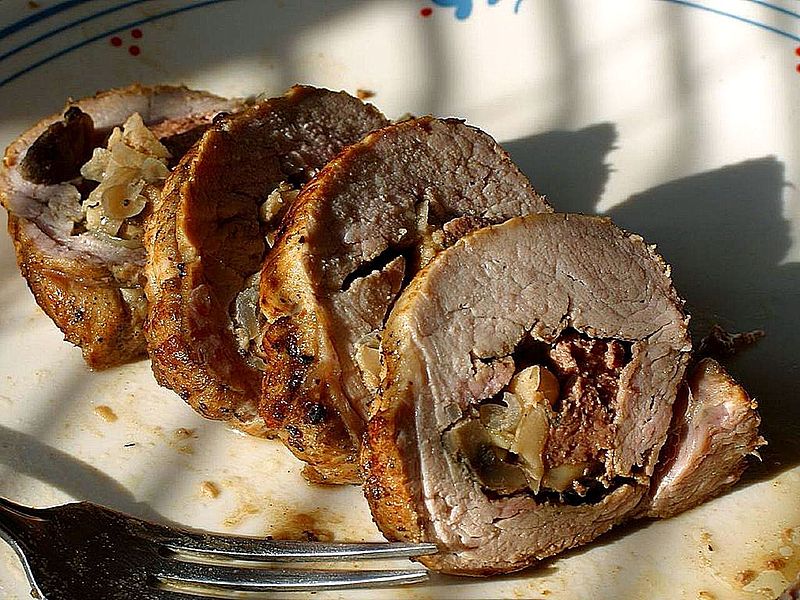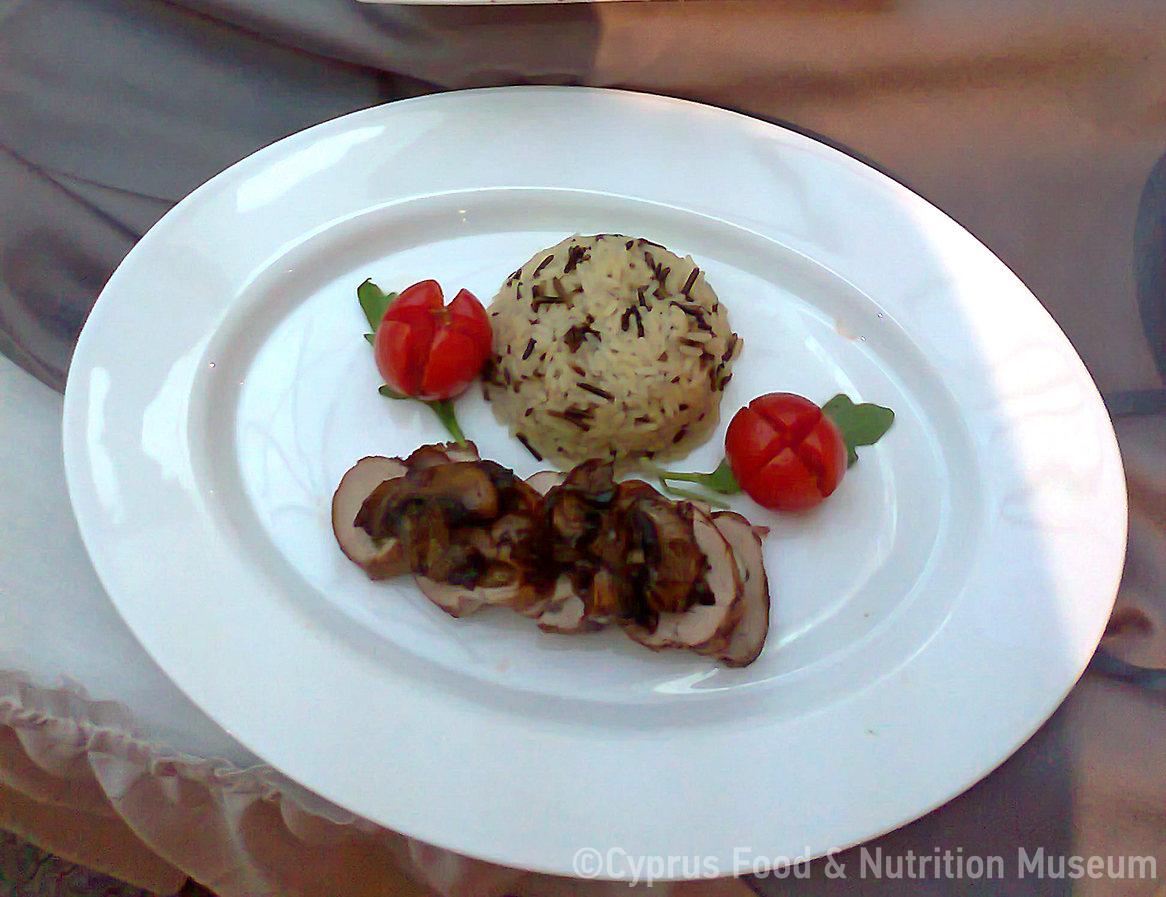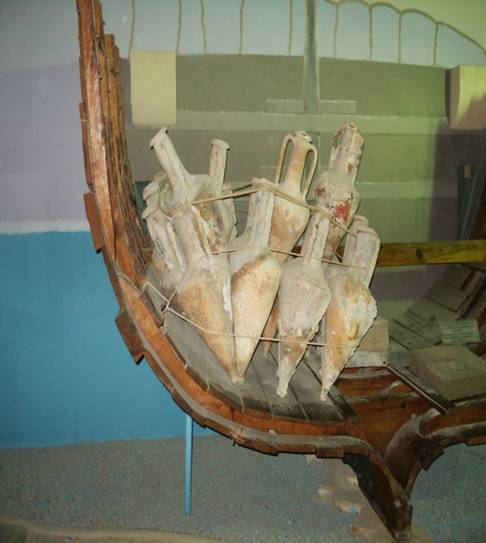Pitsilia sausages are produced in the communities of the Pitsilia area, from coarsely minced pork which is 'cooked' (matured) in local dry red wine, to which various spices are added. It is, then, smoked using branches of indigenous trees or bushes.
Name - Origin
Pitsilia sausages are produced in the communities of the Pitsilia area, from coarsely minced pork which is 'cooked' (matured) in local dry red wine, to which various spices are added. It is, then, smoked using branches of indigenous trees or bushes (MANRE, 2010).
These particular sausages have been named after the area of Pitsilia, where they are mainly produced. Note: Stalo Lazarou
"Tsiritzia" or "titsiá" (coarsely minced meat) are prepared with a few pieces of fat, marinated in wine, salt and various spices (coriander, cumin, ripe fruit of šinnos plant, pepper, chilli pepper). The meat is soaked for 3-8 days in wine. The mixture is stuffed into the pig's intestines (which are already clean) to make 8-12 sausages (each terátsi/sausage is separated with a knot). The sausages are then smoked for 2-5 days (MANRE, 2010)
Functional and symbolic role
Sausages and other charcuterie, were one of the most important basic foods for rural families.
Sausages are consumed in various ways, for example, they are fried alone or with eggs and halloumi and accompanied with tomato, cucumber and bread, they are grilled and consumed with pourkouri or yahni beans etc.
Loukaniko is a delicacy, often served at the festive tables of Christmas, Carnival week (before Lent), etc. Note. Stalo Lazarou
Additional information and bibliography
Pitsilia is a mountainous area characterised by a cold climate, which facilitates the preservation of meat products.
Ministry of Agriculture, Natural Resources and Environment, Department of Agriculture (2010). Gastronomic Map of Cyprus, Nicosia, Press and Information Office.
Stalo Lazarou.
